
NFTs are commonly known as tokens based on the Ethereum blockchain. However, recently, attention has been focused on “Bitcoin NFT”, which is also called “Ordinal NFT” and “Bitcoin Ordinals”.
With the introduction of a mechanism called “Inscriptions” to the Bitcoin mainnet in January 2023, it has become possible to create Ordinal NFTs, which are NFTs on the Bitcoin blockchain. This new project has won the hearts of both NFT fans and haters. CoinDesk reported that Ordinals has revived interest in Bitcoin development and has the potential to boost the entire crypto ecosystem.
For a seemingly insipid addition to Bitcoin, it’s a pretty big tribute. After hearing the news, some people may have the following questions.
How does Bitcoin NFT work? What is the difference between Ordinal NFT and other NFTs? And of course, how do you get Ordinal NFTs? and.
How Ordinal NFT works
Ordinal NFTs work using “Inscriptions”. Developed by Casey Rodarmor, Inscriptions gives Satoshi, the smallest unit of Bitcoin (1/100 millionth of Bitcoin), a “personal identity that can be tracked, moved and given meaning”. give.
Inscriptions are finally ready for Bitcoin mainnet.
Inscriptions are like NFTs, but are true digital artifacts: decentralized, immutable, always on-chain, and native to Bitcoin.  https://t.co/a4dK7zdITS
https://t.co/a4dK7zdITS
— Casey (@rodarmor) January 20, 2023
“Inscriptions for the Bitcoin mainnet are finally ready.
Inscriptions are like NFTs, but true digital creations. Decentralized, immutable, always on-chain, native to Bitcoin.”
Simply put, the Ordinal protocol assigns sequential numbers to Satoshi. Once assigned a number, Satoshi will be able to record data such as images, text and video. And that data will forever be part of the Bitcoin blockchain and can be viewed using any Ordinal-enabled Bitcoin wallet or Ordinal viewer.
Differences from other NFTs
The big difference between Ordinal NFTs and other NFTs is how data is stored.
Most NFTs are built on the Ethereum blockchain based on the ERC-721 standard. ERC-721 is a standard that defines how NFTs are generated so that they are properly recognized across the Ethereum ecosystem.
When an NFT is generated based on ERC-721, the NFT’s information is recorded in a metadata file, data that provides information about the data. An NFT itself can be thought of as a contract that proves ownership of some item, the details of which are described in the metadata.
For the most common NFT, or digital art, the artwork’s JPG file is typically stored outside the Ethereum blockchain, and the metadata includes a link to that file. This means that the actual artwork and files are not embedded on the blockchain and can be altered.
Bitcoin’s Ordinal NFT does not have a metadata file describing the NFT. Instead, all data files are stored in the “witness signature field” of Bitcoin transactions. In other words, the entire Ordinal NFT exists on the blockchain.
Whether or not this matters is up to you, but Ordinal NFTs make NFTs even more immutable.
Ordinal NFT issuance method
Ordinal NFT is still new, the ecosystem is developing, and access methods are limited. Currently, there are mainly two ways to issue Ordinal NFT by yourself.
The first is to operate a Bitcoin node and run the issuing program on the node. But this method is technically complex and is for the tech savvy and those who really like NFTs.
The other is to use a no-code (no programming required) publishing tool. It’s much easier, and if you don’t mind having to rely a little bit on a third party in the issuance process, it’s fine.
I have an Ordinal NFT issued using a tool called “Gamma”. For those familiar with Bitcoin, it’s relatively simple, but it can be tricky at times.
Let me show you how I published it.
First, make sure you have some bitcoin (around $50). Required to pay transaction fees. The wallet containing the bitcoin must be able to be sent to the taproot address.
Here is a list of wallets and services that support Taproot.
Check the “Send to Bech32m” column in this (note that it is not “Send to Bech32”). If this line is “Yes”, you can send bitcoins from that wallet to the taproot address. Note that some popular exchanges, such as Coinbase and Binance, do not support taproot.
Once you have Bitcoin in your wallet for transaction fees, you can start issuing Ordinal NFTs. Let me walk you through the process of issuing my first Ordinal NFT using Gamma. You can also use OrdinalsBot and the process is pretty much the same.
- Visit https://gamma.io/ordinals.
- Select the type of Inscription (image file or plain text).
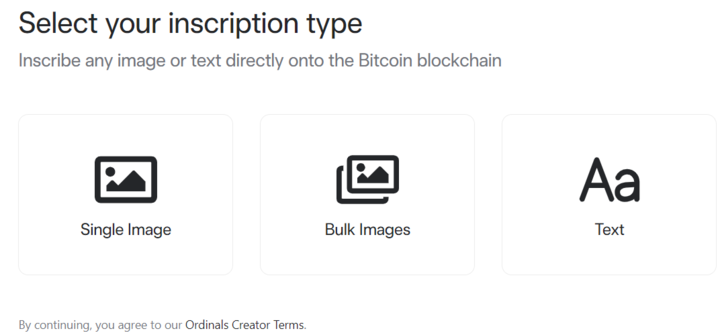
 Inscription type selection screen (Gamma)
Inscription type selection screen (Gamma)- Upload the desired file by selecting it from the desktop, or enter the text directly into the designated field.
- Choose a fee according to the waiting time for NFT issuance. Estimated time for issuance is displayed for each of several fees.
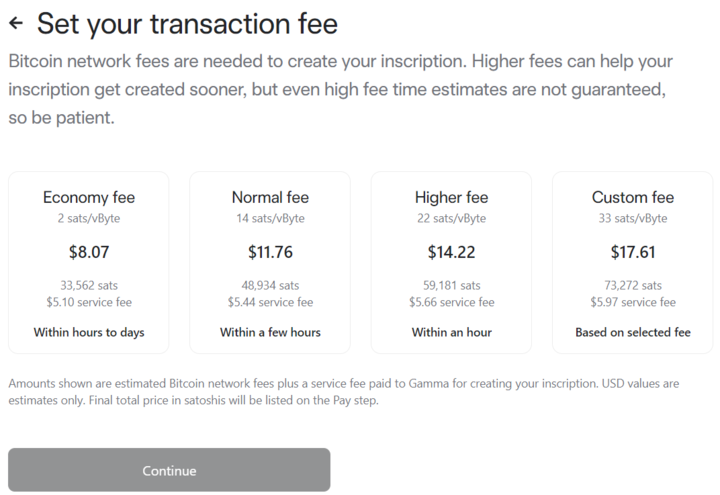
 Fee selection screen (Gamma)
Fee selection screen (Gamma)- The next step is a little more complicated. Specify the Bitcoin address to send the issued Ordinal NFT. The address must be a taproot address or an Ordinal-enabled address.
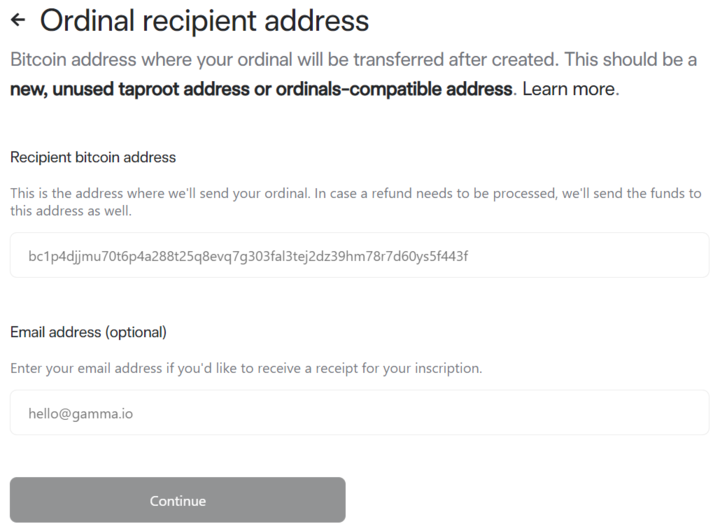
 Ordinal destination address specification screen (Gamma)
Ordinal destination address specification screen (Gamma)My recommendation is to use “Sparrow Wallet”. Here is a guide to setting up Sparrow Wallet for Ordinal NFT.
Once you’ve set up your Sparrow Wallet, enter it into the “Recipient bitcoin address” field on Gamma’s website. Make sure the first four characters of the address are “bc1p”. It is a character string indicating that it is a tap route address.
The subsequent process is as follows.
- Pay the fee for Ordinal NFT issuance. In other words, send a specified amount of bitcoins to a specified bitcoin address. This address also starts with “bc1p”. It is very important to be careful here. Unless you know and are used to working with bitcoin, we recommend sending bitcoin from a different wallet than the one used to receive the Ordinal NFT. If you are not careful, you may accidentally send your own NFT and you may not be able to access the NFT.
- Wait for NFT issuance. It may take several days depending on the fees you choose. You should have been sent a link to check the status of your publication.
- Once successfully issued, enjoy your NFT using the Ordinal viewer.
As always, be aware and careful with your actions on the Bitcoin blockchain.
Ordinals are new and should be treated with extreme caution. Everything you do on the Bitcoin blockchain can be tracked. In other words, whatever you do, they will probably find out.
Enjoy the world of Ordinal NFT!
|Translation and editing: Akiko Yamaguchi, Takayuki Masuda
| Image: Bitcoin Ordinal NFT (ordinals.com) by the person in charge of this article
|Original: Bitcoin NFTs: What Are Ordinal NFTs and How Do You Mint One?
The post [Commentary]Bitcoin NFT: Ordinal NFT mechanism and issuance procedure | CoinDesk JAPAN appeared first on Our Bitcoin News.

 2 years ago
151
2 years ago
151
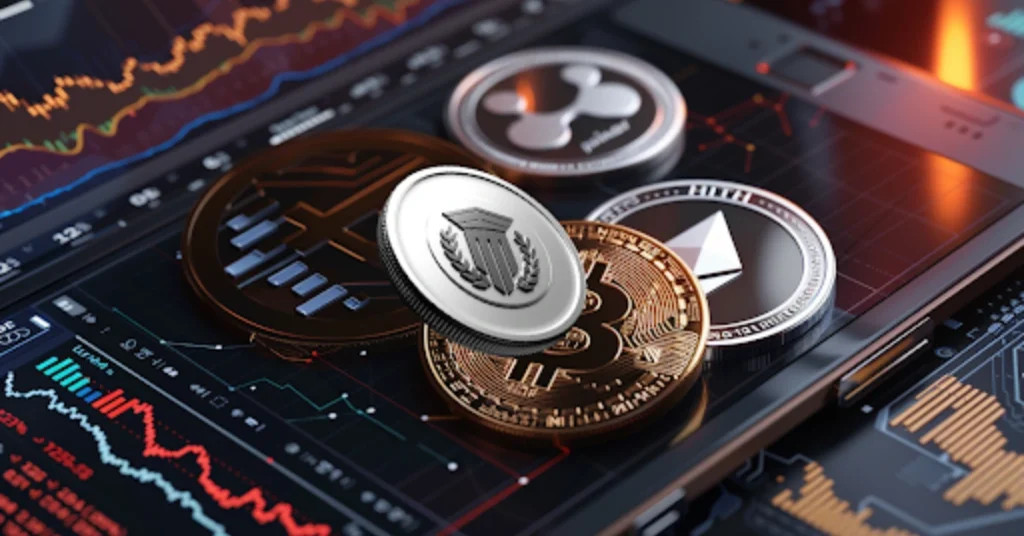
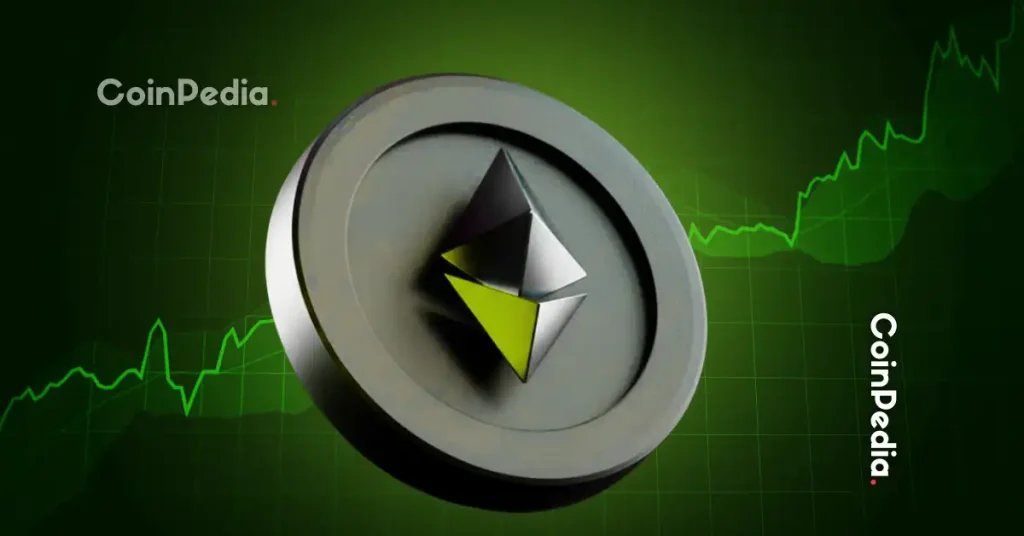
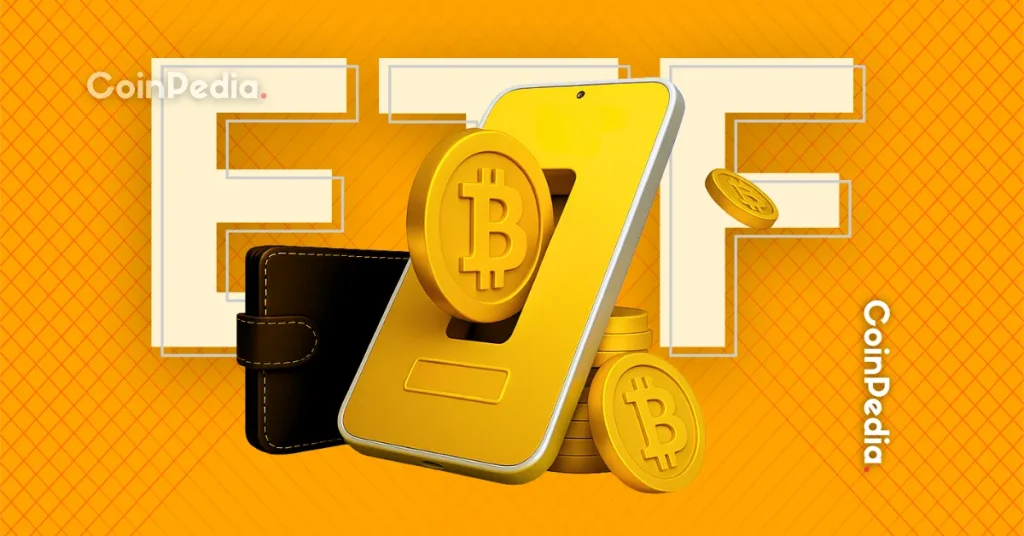











 English (US) ·
English (US) ·